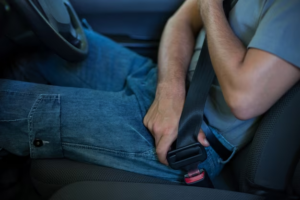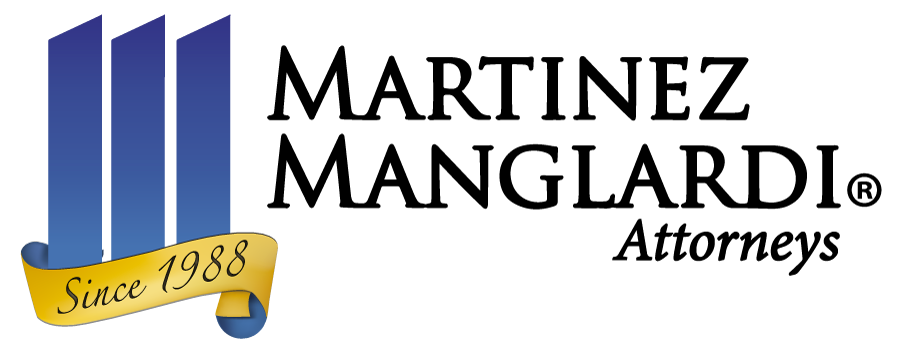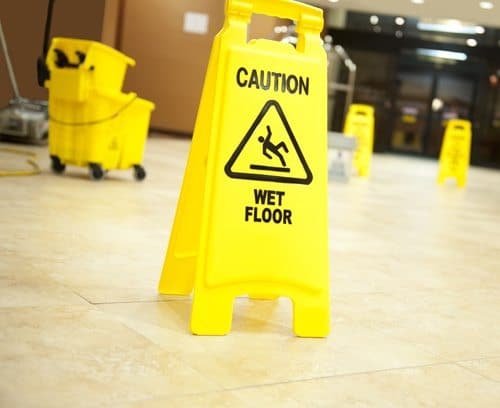
There is no doubt that seat belts save lives and prevent car accident injuries. However, while seat belts have significantly reduced fatalities and severe injuries in accidents, they can also cause certain types of injuries.
It’s important to remember that injuries are caused by the car accident – and would likely have been much worse or even fatal without seatbelts. Nonetheless, it is worth noting the types of injuries that seatbelts can potentially cause because some of them can be internal injuries to organs and ligaments that may not be readily apparent.
Call 866-730-3508 for a free consultation with an Orlando car accident attorney at the Martinez Manglardi personal injury law firm if you’ve suffered car accident injuries.
Seat Belts Save Lives
It’s crucial to understand how important seat belts are in saving lives and preventing car accident injuries. Wearing a seat belt has been proven to be the most effective way to prevent fatalities and reduce the risk of severe injuries in car crashes. The National Center for Biotechnology Information reports that three-point seat belts reduced the number of fatal auto accident injuries by 50% since their introduction in the 1970s.
Despite the potential for seat belt injuries, it’s essential to continue using them to protect yourself during a car accident. The benefits of wearing a seat belt outweigh the risks of seat belt injuries by far.
Understanding Seat Belt Injuries
Seat belt injuries are caused by the force exerted on the body by the seat belt during a car accident. The kinds of seat belt injuries sustained depend on the position of the person wearing the seat belt and the force and direction of the impact.
A three-point seat belt is used to secure the person’s torso to the car seat. It rests on the shoulder, chest, and lower abdomen near the hip. During a collision, the seat belt transfers the force of impact into the passenger and causes blunt trauma at these attachment points. If the force of impact is strong enough, it can even injure underlying organs.
Common Types of Seat Belt Injuries
The Journal of Emergencies, Trauma, and Shock outlined the most common types of seat belt injuries:
- Injury to the chest and shoulders
- Seat belt sign and seat belt syndrome
- Injury to intra-abdominal organs
- Injury to bones and other musculoskeletal structures
Injury to the Chest and Shoulders
The chest and the breastbone are the direct points of impact during a head-on collision when wearing a seat belt. Your breastbone and ribs protect your lungs, heart, spleen, and upper part of your liver. This means that any injury to this area may also affect these delicate organs. It is possible for the first and second ribs to fracture from the shoulder harness, potentially piercing major blood vessels (carotid and subclavian). Immediately seek medical attention if you experience any breathing difficulty or chest pain after a car accident.
In rare cases, the first and second rib may fracture from the shoulder harness, potentially piercing major blood vessels (carotid and subclavian) and leading to severe bleeding.
Seat Belt Sign and Seat Belt Syndrome
A “seat belt sign” is the term for the telltale bruising or abrasion across the chest and the abdomen where the seat belt made contact with the body. If present, there are likely to be internal injuries.
Seat belt syndrome, on the other hand, includes a seat belt sign with injury to the spine and the abdominal organs.
Never overlook a seat belt sign, as it may indicate internal organ damage. If you notice a bruise forming, go to the nearest emergency department or call 911.
Injury to Intra-Abdominal Organs
Abdominal organs are not protected by bones, so the force of impact can lead to intestinal injuries such as intestinal puncture or ruptured bowel.
Symptoms associated with injuries to the abdomen, soft tissues, and underlying organs may not appear immediately. If you experience abdominal pain hours or days after the accident, seek medical attention immediately.
Injury to Bones and Other Musculoskeletal Structures
Seat belt fractures are more common in lap belts than in three-point belts. These result from forceful bending of the spine towards the abdomen.
If you experience back pain after a car accident, see a medical professional.
Preventing and Minimizing Seat Belt Injuries
While it’s not possible to eliminate the risk of seat belt injuries entirely, there are steps you can take to minimize their occurrence and severity:
- Proper seat belt positioning: Ensure that the seat belt is positioned correctly across your body. The lap belt should be snug across the hips and pelvis, not the abdomen. The shoulder belt should be snug across the chest and mid-shoulder, not the neck or face.
- Adjust the seat: Make sure your seat is adjusted correctly, providing adequate support for your back and thighs. Sit upright with your back against the seatback, and avoid reclining the seat too far back.
- Keep a safe distance: Maintain a safe distance between yourself and the steering wheel or dashboard. This will allow the seat belt to work effectively and reduce the risk of injury from airbags or other parts of the vehicle.
- Avoid distractions: Focus on driving and avoid distractions such as mobile phones and other electronic devices. Distractions can lead to accidents, increasing your risk of seat belt injuries.
- Regular seat belt inspection: Inspect your seat belt regularly to ensure that it’s in proper working condition. Replace any damaged or worn seat belts immediately.
Seat belt injuries, although a potential consequence of car accidents, should not deter you from using this essential safety device. By wearing a seat belt correctly and taking necessary precautions, you can significantly reduce the risk and severity of these injuries. If you are involved in a car accident and suspect that you have sustained seat belt injuries, seek immediate medical attention and consult a legal expert if necessary. Remember, the benefits of wearing a seat belt far outweigh the risks associated with seat belt injuries.
Call 866-730-3508 for a free consultation with an Orlando car accident attorney at the Martinez Manglardi personal injury law firm. Convenient locations throughout Central Florida.





